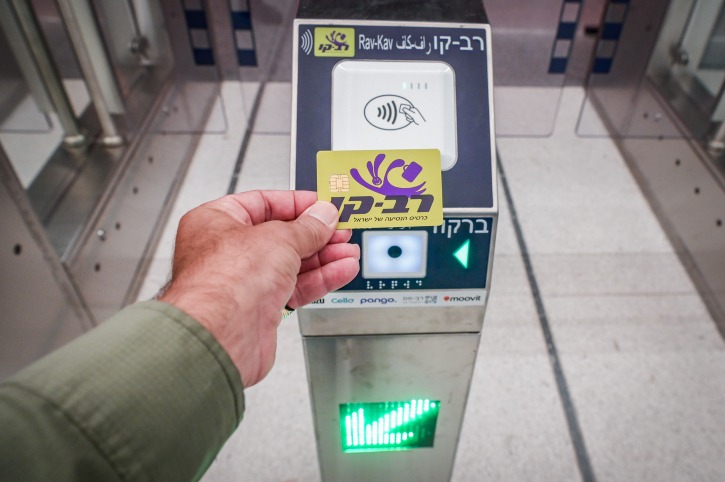
Transportation data exposed: In a question and answer session held in the Knesset plenum, Deputy Minister of Transportation Uri Maklev revealed a significant statistic that illustrates the structure of public transportation use in Israel: 85% of trips are made within a range of up to 15 km - a range that is defined as 'urban travel' even if it crosses city limits.
"This is exactly why the free transit policy - within 90 minutes - only applies to trips within this range," said the deputy minister. "If we extend it to intercity trips, we will have to raise the price for everyone. We are trying to balance social needs with the public budget."
According to Maklev, the ministry has provided a broad benefit to the public - where anyone who travels on one line and continues on to another line (as long as it is within 15 km or within a metropolitan area) does not pay an additional fare, but rather enjoys a second free ride.
Additional data from the Central Bureau of Statistics supports this policy: Most workers in Israel live within 15–20 km of their workplace, thus making do with one or two city or short trips a day. Educational, health, and service institutions are also usually located within the nearest metropolis.
"This is a clear social policy, based on real data," added Maklev. "Instead of charging each passenger twice, we are allowing them easy, accessible, and free transportation."
The Deputy Minister noted that the benefit also applies to travel from city to city - as long as it is within a range of up to 15 km. For example, a trip from Elad to Petah Tikva, or from Givat Shmuel to Bnei Brak, is considered an urban trip - and passengers enjoy free passage.
However, Maklev clarified that for longer trips - which require different infrastructure and increased funding - it is not currently possible to provide the same benefit, as this could place a financial burden on the general public.
"We all want to benefit passengers - but in a responsible way," said the deputy minister. "That's why we provide the benefit to the majority of the public, in a way that is based on data and not on feelings."